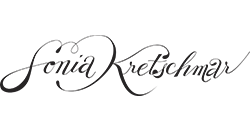Well, I guess my background is that I’ve always thought that Art shouldn’t necessarily just be confined to galleries – images are such a part of our culture that I think it is important that people who make images for design, publishing and advertising should be able to do it with the same degree of integrity & adventurousness as what we think of as ‘Fine Art’. What particularly draws me to the field of Illustration Art is that it can be very clever and inspiring – it can draw a multitude of ideas together and tell a story through (sometimes) one single image. I’d like to think that my art contributes to the never ending and ever developing narrative we have as humans… but then, on the other hand, sometimes it’s as simple as creating an image striking enough to sell a book 🙂

